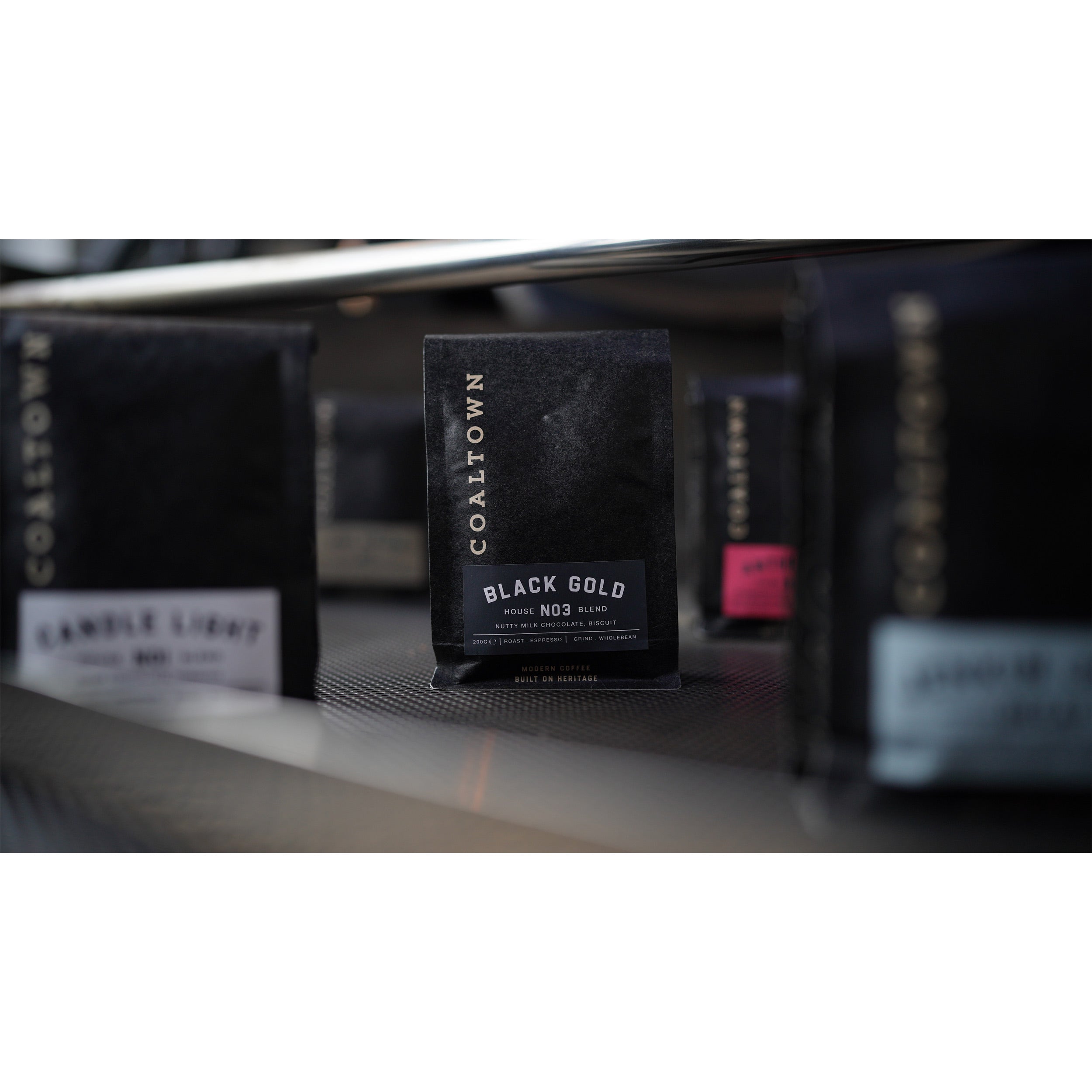
TALKING ABOUT HOUSE COFFEES WITH JOSH
Tell us about yourself!
Hey, so I'm Josh and I work as part of the operations team here at Coaltown. I also get to source all of our delicious coffee. The thing that drew me into hospitality one was being able to curate drinks that you can deliver to someone and they can enjoy it, you get a smile, but also just because of the sort of sensory appreciation of coffee, I remember the first time I cupped and tasted coffee and it just blew my mind! I could see that, you know, coffee tastes so different to what we usually expect so from there on, I've loved tasting coffee and learning about it all. And that sort of landed me in the position that I'm in today!
What's the difference between a single origin and a blend?
The answer is really simple, it doesn't need to be complex, I would say that a single origin coffee is a coffee that either comes from a single producer, so maybe one farm, or maybe on a slightly larger scale, one estate, or on a slightly bigger scale, again, maybe a cooperative or group of farmers. But usually it's all from either one region, or one country. So if someone asks about a coffee, and it's a single origin, it likely means that it just comes from one country, there can be a bit more detail, but often it's as simple as one country.
A blend is as it describes, just like in wine, comes from a mixture of different origins, or different countries. So there's benefits that you can bring different flavours together. A blend is usually a mixture of different coffees from different countries that are pulled together to create a harmonious balance of coffee in a cup.
How do you choose the coffees that you buy?
I think when considering what coffee is we're going to look to purchase as a business, I think the first thing that we need to think about is the purpose behind those coffees, we really are a purpose driven brand, you know, coffee with purposes, is what we're thinking. So it's nice to find coffees that have a purpose. But also for us then trying to showcase seasonality of coffee, the best sort of flavours that you can get out, showcasing a variety of flavours, variety of origins, a variety of different types of producers or producing groups, so we can really best showcase what the world of specialty coffee has to offer.
When it comes to curating a seasonal offer list and a house offer list, we're always trying to create a house offering that is familiar for our customers. Last thing we want to do is alienate people when it comes to coffee, and coffee can be mystifying enough sometimes, so we'd like to break it down.
What are the house coffees?
So when it comes to our house coffees, we have a combination of blends and single origins that are best known by the titles of those coffees. So for example, Black Gold was the first blend that we came up with, as a business, it sort of gives a nod back to the mining industry, which is where we find our roots. Black Gold is meant to bring sort of nutty milk chocolate flavours with a hint of fruit. Really easy to use this coffee as a blend, because you can bring those elements of chocolatey nutty fruit in and create a blend that works to put this coffee together. What's nice about Black Gold is it's really consistent and that goes the same for all of our other single origins. Another house espresso we have is Anthracite and this is actually a single origin. It's a natural processed coffee. We’ll come on to that a little bit later on. Black Gold is a blend, Anthracite is a single origin, just because the the type of coffee, the process of that coffee is able to stand alone, and it's a really nice fruit forward coffee.
What are taste notes?
It is a really good question. I think I'm still trying to work it out as well, but I think it's just a language by which we can communicate over coffee. You know, the world of coffee is so diverse and quite complex. We could be speaking in different languages when it comes to coffee, you know, I might be the uber coffee geek who's looking at extraction and altitude of growth and roast development and all these crazy things where, you know, somebody else might just want to enjoy a really nice cup of coffee. I think we can converse them together in a language that we both understand and we do that by using flavonoids. So it's not to say that, you know, our coffee has sweet citrus or has dark chocolate or has all of these things that we put in the coffee, coffee that says honey on the bag doesn't have honey in it, it’s just a way by which we can communicate. It is so meaningful as coffee is about community, it is about communication. We all want to enjoy a cup of coffee. When it comes to flavour notes to our house coffee offering, those two things working together allow us to curate something that acts as a common language.
What and why is a coffee house coffee?
A house coffee is a really simple identifiable brands, like Black Gold, Candlelight or Anthracite, or then something in terms of flavour notes on the bag, for example, Union is one of our house coffees, we would regard it as a filter coffee. It's a blend of East African coffees. But we say this coffee tastes like blackcurrant, orange, and cocoa. I love all of those things and it's a real simple way that we can sort of pick out flavours and find commonality, which helps us understand coffee a bit easier as well.
How do these flavours end up in a cup of coffee? Where did they come from?
It's the sort of origin story of a coffee. If a coffee is grown in South America or Central America, because of its altitude, its climatic conditions and a few other elements, you're gonna end up with a coffee that often tastes like maybe chocolate, and then a coffee that's grown in in East Africa will maybe be will often be a bit more fruitful and a bit more acidic because of the nature of the soil and the agronomy there. So as we find the different countries around the world that grow coffee, they almost have a slight taste that goes with them as well. So our job is to take those flavours and put them in a way that allows us to communicate a combination of our coffees, but also the flavours so that we can join them together. So I think one thing we forget is that coffee beans are the seed of a fruit.
What happens to the fruit from when it’s picked until we actually end up with roasted coffee beans that we can drink?
I think the first thing to understand is that coffee can be processed a few different ways, just like fruits or vegetables can be processed different ways. There are, three main ways that coffee is processed. Usually, once the coffee is picked from the tree, it can either just be left in its cherries, and dried in the sun. That's often called sun dried, or natural process, it's where you just let the coffee naturally dry, there's a little bit of fermentation that takes place but in most cases, it's sort of low intervention. The next thing you could do is something called a honey process. This is sort of a step in between where the cherry that's on the outside of the coffee will be sort of pulped off, and there'll be some mucilage, or honey or just a natural sugary liquid left on the outside of the seeds, the beans of the coffee and then you can leave that to a varying degree, and then let the coffee dry. The first step would be natural, the second step would be called honey. So you pop that cherry off, and you just let the seeds sort of dry in the sun. The third option then is called washed coffee, that’s where you pop the seeds, the beans out of the cherry, you would use a liquid to wash away that extra mucilage in this case you reduce your risk of fermentation taking place. After that process you would dry that coffee, either maybe on a mechanical dryer, or out in the sun as well. Those three types of processes, combined with the terroir, or the origin story of a coffee now starts to develop this sort of final flavour product that we'd experienced when when we started to then roast and taste coffee. The terroir, the origin story has the major impact on flavour, the process is the next thing. Now we can sort of then lead that to to roast, in understanding what these things are now. The key to our house coffee offer list is about approachability and consistency. We want to make sure that if it's a blend, or if it's single origin, and someone knows the name of that coffee, whether it's Anthracite, Candlelight, Black Gold, etc, that they know what they're gonna get, it's an approachable way to start drinking and getting to know coffee.
How many coffees can you put into a blend to create a blend?
I think that's a bit of a fun question, it might be a good experiment to conduct but I think the answer really is infinite, you could mix as many coffees as you want together to make a blend that would make the blend quite complex and maybe inconsistent, as you're taking a handful of beans to make a brew because you could end up with a variety of different beans blended together. So the more components you add to a blend, the more complex is the sum of the parts. We like to keep our blends quite simple, which is why we tried to build direct trade relationships with the people that we buy from, meaning that we get consistent flow of coffee throughout the year as all of these different countries harvest at different times. That consistency then allows us to make the blends taste the same throughout the year. Doesn't matter if it's December, or if it's January, or if it's June, Black Gold should always taste like Black Gold and that's something that we think is really helpful for our customers.
Where do we start if we are new to specialty coffee but want to enjoy it at home as well?
If you just landed in our coffee shops here in Ammanford, or maybe on our website, the question you may be asking is where do I begin? How do I start making coffee? Our staff, and the Espresso Bar baristas are here to help and our website makes it really easy to digest if you visit it. We have a house coffee offering, which is where I would recommend anybody starts when they look to buy coffee. Black Gold is the most popular coffee, along with all of our other house coffee offerings, now we have created a really good decaf called Jenkin Jones, Coaltown is able to fulfil all your needs. I think coffee can be really complex, and sometimes a little confusing, that’s why if you want to start making coffee, drinking our coffee the first thing to do is get some coffee and start making it. If you're able to do that you're halfway there, there's some steps that you can take at home to make coffee more consistent, just like if you were going to bake a cake, recipe is really helpful! It allows you to create consistency, that’s why in The Roastery we follow a recipe every time we roast coffee. If we're thinking about recipes, that can be something to start and we've got some really good resources to help with it. The next thing is fresh coffee! All of our online sales, wholesale coffee, retail coffee are all roasted fresh to order.
A set of scales at home! I think it’s really underrated..that helps with consistency. My parents make coffee at home, they make quite good coffee, but they never use the scales I bought them and the coffee then fluctuates. So I think if you've got a recipe, you've got fresh coffee, and you've got a set of scales, those are three real simple steps that will help you make really good coffee.
Hopefully with those questions and answers you are now in a position that you understand the differences between blends and single origins, maybe why there's flavour or taste notes on a bag, what our house coffees are trying to achieve, but also a couple of steps to help you make better coffee at home to enjoy!


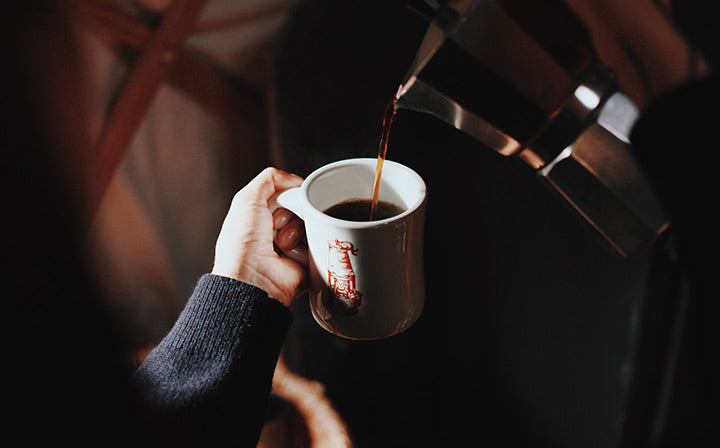
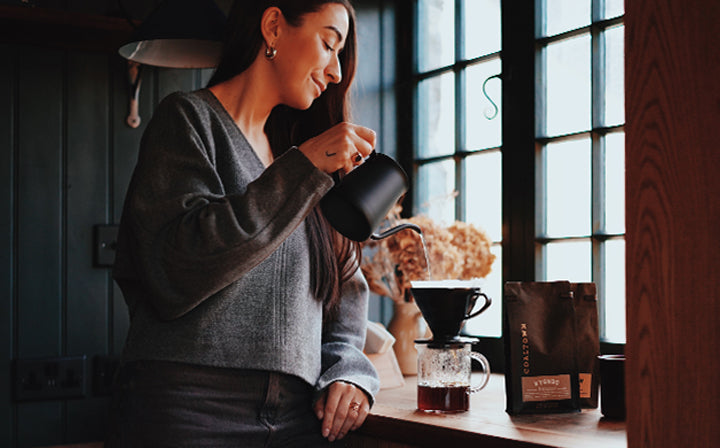
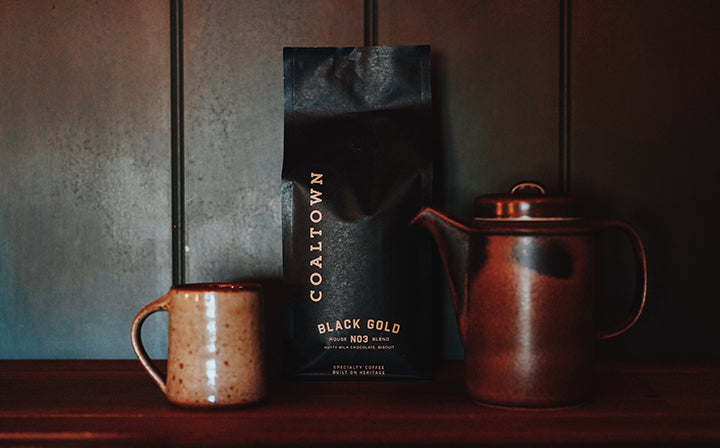
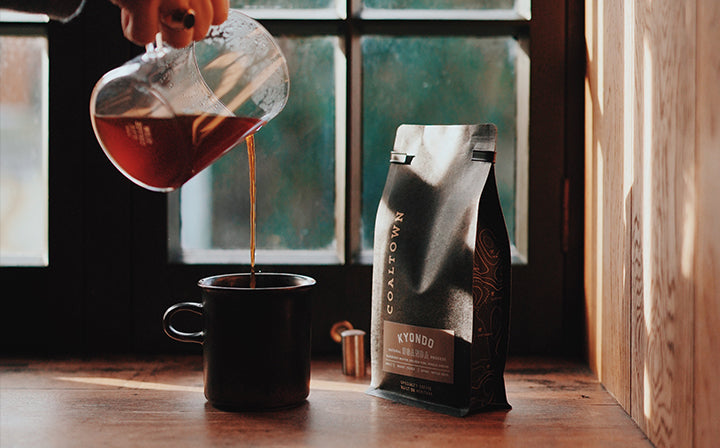
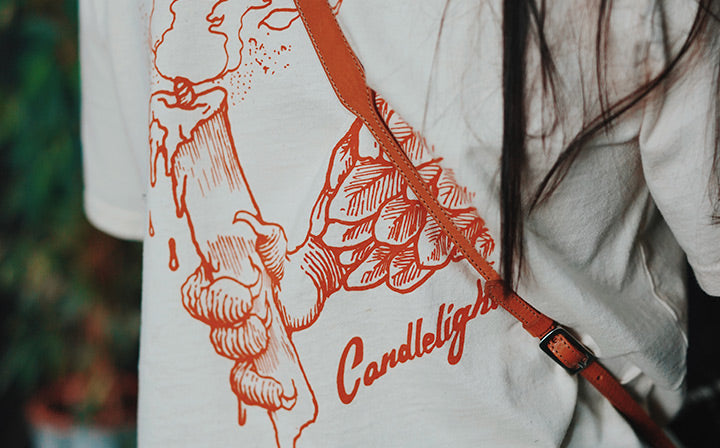
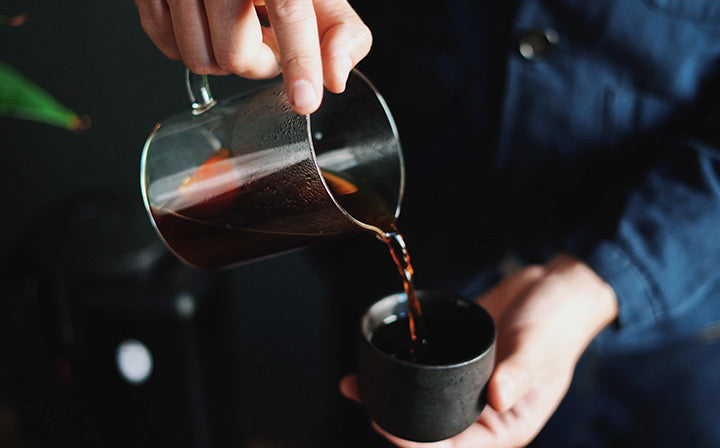
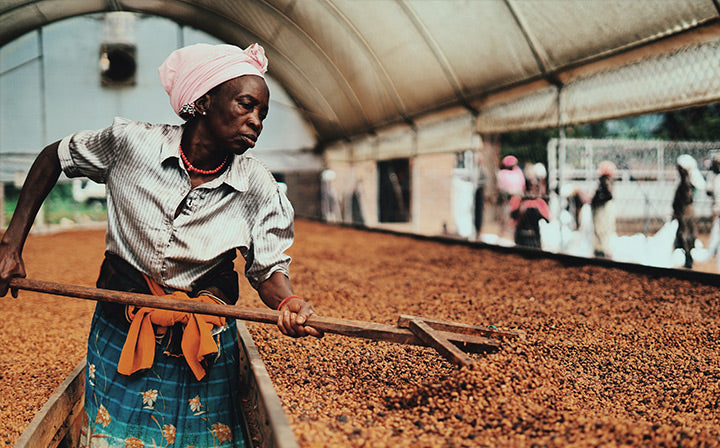
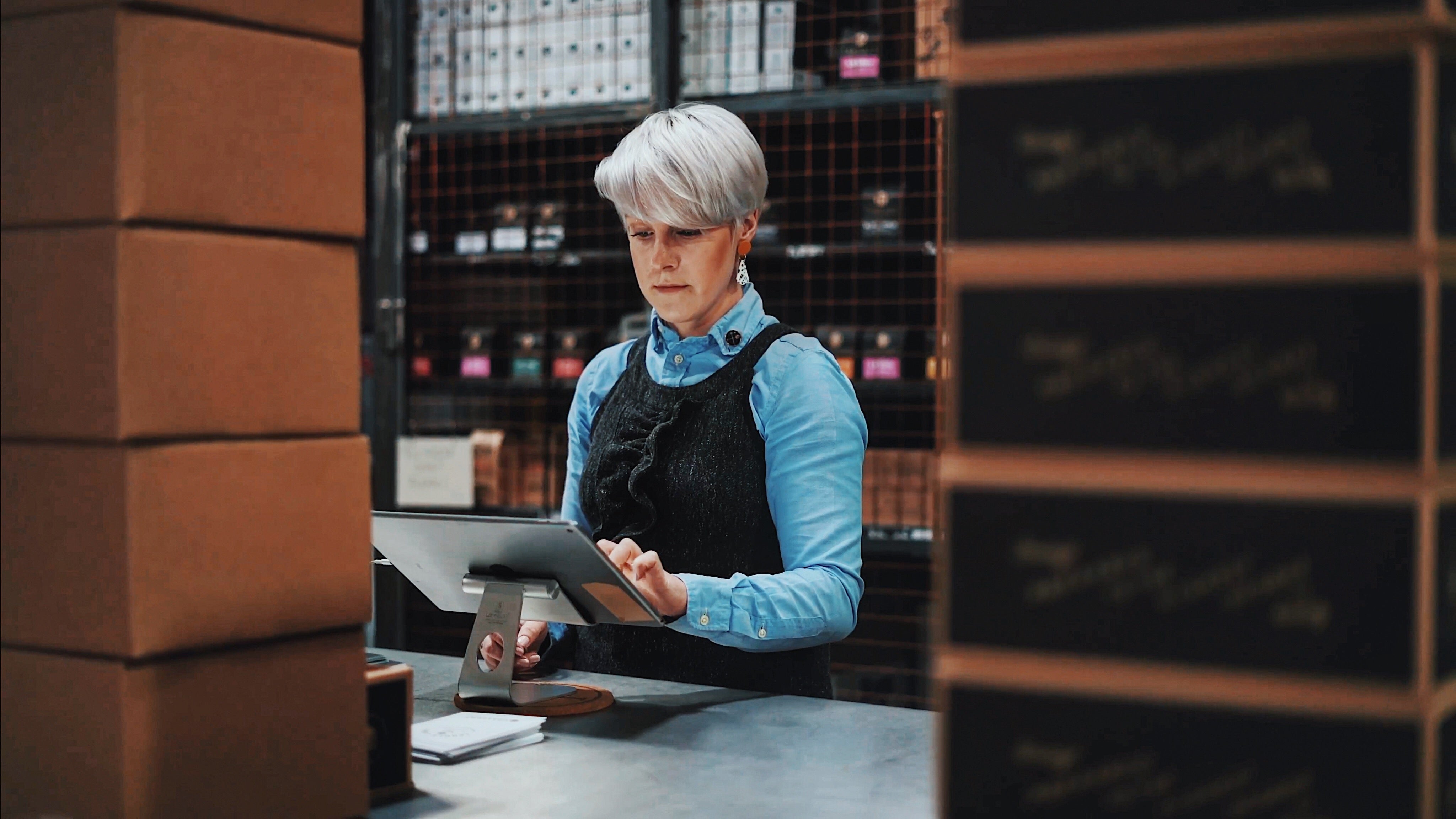
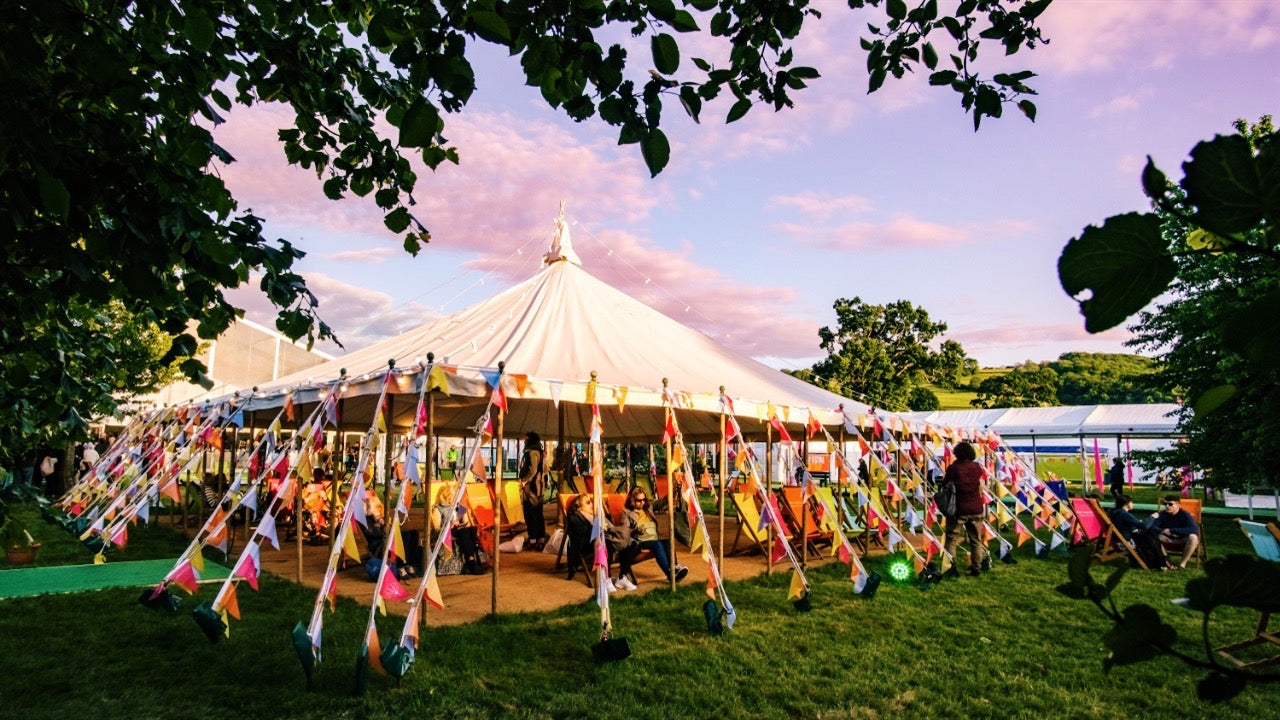
Leave a comment
This site is protected by reCAPTCHA and the Google Privacy Policy and Terms of Service apply.